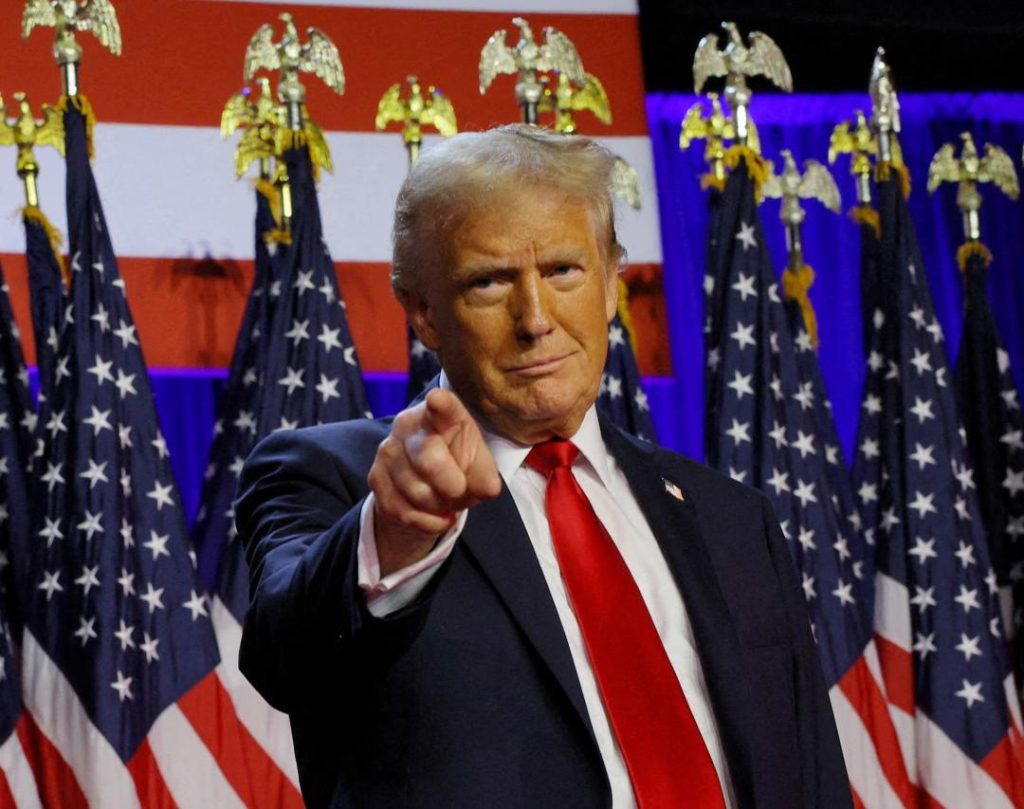
Why did Donald Trump announce a 90-day pause on reciprocal tariffs?
In a sudden and unexpected move, US President Donald Trump announced a 90-day pause on reciprocal tariffs, sending shockwaves through the global markets. The decision, reportedly impulse-driven and not a mapped-out strategy, came after Trump received briefings from White House economic officials on the accelerating selloff in the treasury market. According to CNN, US Treasury Secretary Scott Bessent raised concerns with Trump regarding the developments in the bond market, which prompted the President to take action.
The pause on tariffs is a significant development in the ongoing trade tensions between the US and its trading partners, particularly China and India. The US has been engaged in a trade war with China, imposing tariffs on billions of dollars’ worth of Chinese goods, which has led to retaliatory measures from Beijing. Similarly, the US has imposed tariffs on Indian goods, including steel and aluminum, which has sparked tensions between the two countries.
So, why did Trump decide to pause the tariffs, and what does this move mean for the global economy?
Background: The Trade War
The US-China trade war has been ongoing for over two years, with both sides imposing tariffs on each other’s goods. The US has imposed tariffs on $250 billion worth of Chinese goods, including electronics, machinery, and textiles, while China has retaliated by imposing tariffs on $110 billion worth of US goods, including soybeans, corn, and wheat.
The trade war has had significant implications for the global economy, including a slowdown in global trade, a decline in investor confidence, and a rise in uncertainty. The US-China trade war has also led to a decline in US-China relations, with both sides engaging in a war of words and imposing sanctions on each other.
The Pause on Tariffs: What does it mean?
The 90-day pause on tariffs is a significant development in the trade war between the US and its trading partners. The pause means that the US will not impose new tariffs on Chinese goods for the next three months, and will also suspend tariffs on Indian goods.
The pause is likely to be seen as a positive development by investors and traders, as it reduces the uncertainty surrounding the trade war. It also gives both the US and China, as well as the US and India, a chance to negotiate and resolve their differences.
However, the pause is not a permanent solution, and the tariffs could be reimposed if negotiations fail. The US has made it clear that it will not lift tariffs until China agrees to make significant changes to its trade practices, including reducing its trade deficit with the US.
Implications for the Global Economy
The pause on tariffs is likely to have significant implications for the global economy. The reduction in uncertainty surrounding the trade war could lead to a rise in investor confidence, which could boost stock markets and stimulate economic growth.
The pause could also lead to an increase in global trade, as businesses and investors become more confident in the global economic outlook. This could lead to an increase in exports, which could boost economic growth and create jobs.
However, the pause is not without its risks. If the US and China fail to reach a deal, the tariffs could be reimposed, which could lead to a decline in global trade and economic growth.
Conclusion
The 90-day pause on tariffs announced by Donald Trump is a significant development in the ongoing trade war between the US and its trading partners. The pause reduces the uncertainty surrounding the trade war, gives both sides a chance to negotiate, and could lead to an increase in global trade and economic growth.
However, the pause is not a permanent solution, and the tariffs could be reimposed if negotiations fail. The US has made it clear that it will not lift tariffs until China agrees to make significant changes to its trade practices.
As the global economy continues to navigate the uncertainties of the trade war, investors and traders will be closely watching developments to see what the future holds.
Source:





